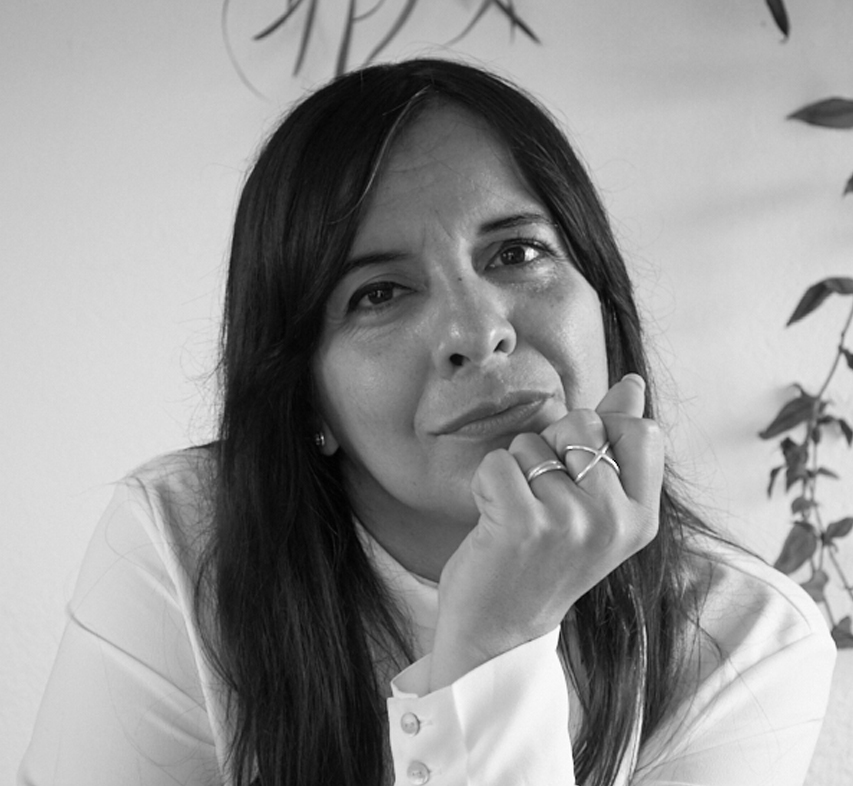In our country, over a little more than two centuries, museums have developed as institutions and as a set of specific social practices and experiences.The recognition of these spaces, dedicated to culture, art, education and memory, with a specific aim, has highlighted the need for certain ways of producing knowledge, research, technical development and management.
As well as the increased complexity of what, in contemporary societies, we understand by heritage and the public and private policies surrounding cultural goods that are socially hierarchised, we have also seen the progressive professionalisation of the museum’s workforce.
My proposal focuses on the intersection resulting from the specialisation of museum work, on the one hand, and the consolidation of ‘cultural industries’ and musealisation/patrimonialisation policies, on the other. This is based on the hypothesis that the particular characteristics of museum management lie at this intersection, and that is why we must — as in other areas of work — strive to humanise administrative and bureaucratic processes.
Museums have been strongly challenged to account for ‘the who’: who makes the objects, who makes the work of art as such, who are their audiences and, in recent times, even to reveal who are the protagonists behind the scenes. In short, there is a demand to know who is involved in the process of legitimisation, construction and visibilisation of ‘cultural goods’, which are understood as such on the basis of the interventions of certain professionals.
On different occasions, museum visitors — or spectators of different aesthetic art disciplines — have been included in the behind-the-scenes making of these spaces, whether as an act of transparency, as a way of recognition, or as part of the work itself. In this way, the ‘who’ is made visible, after remaining largely invisible.
In short: the work and the maker cannot occupy the same space of visibility. An intentional and motivated action is required to render the person who makes the work visible.
The sociologist Howard Becker expressed this concern in his work Art Worlds. He defined these art worlds as ‘the network of people whose cooperative activity, organised through their joint knowledge of the conventional means of making things, produces the kind of artistic works that characterise the art world’. Is it possible for each person who has been involved in the work to be made visible?
This project seeks to account for the complex web of activities and actors involved in museum-making processes by conducting a qualitative enquiry based on the life stories of the people behind the work that makes the museum, ‘constructs’ the artists, and legitimises their works.

Fabiola Heredia holds a degree in Political Science and a Master’s degree in Anthropology. She is also a Senior Technician in Textile and Clothing Design. She has directed two postgraduate courses: Specialisation in Social Anthropology and the Master’s in Anthropology. She is currently director of the Museum of Anthropology of the Faculty of Philosophy and Humanities of the Universidad Nacional de Córdoba. In addition to this, she is trained as an interpreter in Argentine Sign Language.
She is a lecturer at the Bachelor’s Degree in Anthropology and in different postgraduate courses, such as the Master’s Degree in Conservation of Cultural Heritage. She has advised different cultural institutions on issues such as human rights, heritage processes and the dynamics of different social collectives.
As a researcher, she works on issues that deal with bodies, their senses and uses in political, sporting and aesthetic practices, in order to analyse the processes of construction of otherness and social hierarchies based on corporealities. She participates in academic circles in issues related to the study of the Anthropology of Abnormalities. In all the activities she carries out, she seeks to contribute to the understanding and appreciation of people.